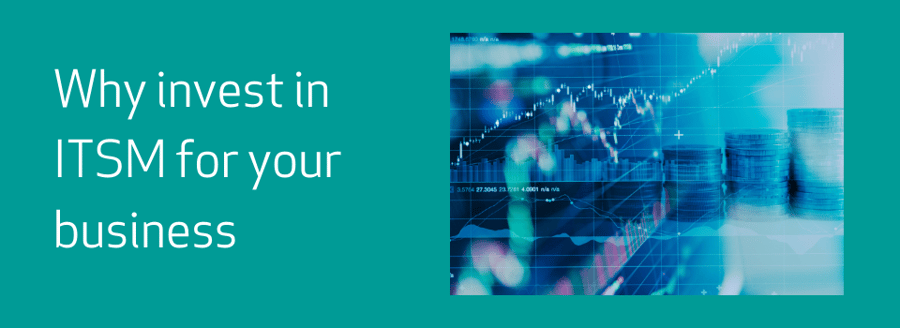The COVID pandemic starkly exposed ITSM practitioners and IT services teams to an unprecedented acceleration in technology requirements, many to a critical degree in just helping the business to function. Investing in ITSM can take a back seat when companies are reacting; now is the time to assess the past and plan for the future benefits.
Recent research from the SDI & Sunrise found that the challenges of the pandemic acted as a catalyst for wide-ranging, deep changes in IT support which are expected to be maintained at pace. It led to accelerated digital transformation, greater use of collaboration tools and self-service and new, more agile ways of working that provide a platform for continuing change. The question then is how does an organisation put itself in a position to successfully manage immediate issues in a crisis and to plan for and deliver longer term change? One answer lies in investing in ITSM.
The benefits of ITSM tools reflect the needs of the modern business world; they assist the IT team to not only react to any present issues but also structure and deliver the information and processes for an efficient and effective future, reflecting business goals both for growth and structure. It sounds complex and is certainly a step up from the break-fix approach of the simpler help desk, but that doesn’t mean it’s outside the bounds of reality for most organisations; business plans form the fundamental case for modern ITSM investment.
Let’s look at some of the functions involved and benefits of ITSM.
The first and most basic need is usually for ticketing or incident management, functionality which should be available as standard in any helpdesk tool. Logging calls, prioritising responses and resolutions along with at least basic reporting meets the most basic and common set of requirements.
Add to this a focus on the customer however, appreciating and meeting their higher expectations along with making life easier and more productive for the IT team, and the benefit of introducing a self-service customer portal starts to emerge. Making customers more self-sufficient has a number of benefits though it’s not necessarily without challenges, one of which is often persuading people that turning direct to technology over calling the IT team will get them a faster solution. Sometimes needs must though, and SDI research on the effects of the COVID pandemic on IT support showed a remarkable uplift in plans for Self-service roll out under ‘shift left’ scenarios.
Additional benefits of ITSM whatever the size of the business are the efficiency wins of implementing workflows and automation of common and / or complex processes which may incorporate areas of the organisation outside IT. Onboarding a new starter is a good example of a process with multiple actions and dependencies which can be lost in the day-to-day workings of the business and which benefits from the clarity of automation. Of course the ITSM tool needs to be flexible so that the IT team can easily create and amend workflows themselves – the benefit is diluted if the complexity and cost of automation outweighs the ease of use!
It’s vital in this age of technology, partnerships and disparate working practices that integrations are part and parcel of ITSM. The benefits of seamless API communication between ITSM and collaboration tools like Microsoft Teams, or with development tools like Jira can underpin any enterprise infrastructure.
The ITIL framework for best practice is a useful set of guidelines for any organisation developing its service strategy and investing in ITSM software which enables the delivery of ITIL tuned to business’ and customers’ needs, shows wide benefits. The Sunrise Guide to ITIL discusses a path to the adoption of ITIL.
Then there’s the decision of whether to adopt a cloud or SaaS model, or to install ITSM on premise. Initial suspicions over the security, scalability and robustness of ITSM in the cloud have been dispelled in recent years for good reason. Selecting a renowned and certified SaaS platform like IBM Cloud mitigates so many risks – it should be easy to check that your SaaS software provider has the certificates and accreditations in place. Security aside, SaaS provides a number of benefits to ITSM, not least the knowledge that your software is always on the latest version, without the internal IT team having to do the heavy lifting which can be associated with managing upgrades in-house. There’s also the issue of scalability, so much easier to manage on a proven cloud platform.
Last but not least, team and management reporting is fundamental to gauging the benefits of ITSM and preparing for the future, whatever the size of your organisation. Easily configurable and distributed reports should be core to your ITSM investment, while further analytics is a bonus with integration to tools like Power BI adding value.
These are just some of the ways in which you can give your business a competitive edge by investing in ITSM regardless of your size, industry or turnover. To find out more, contact Sunrise.




.png)
